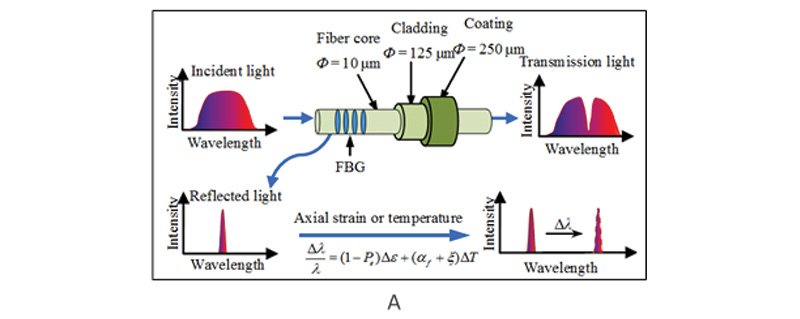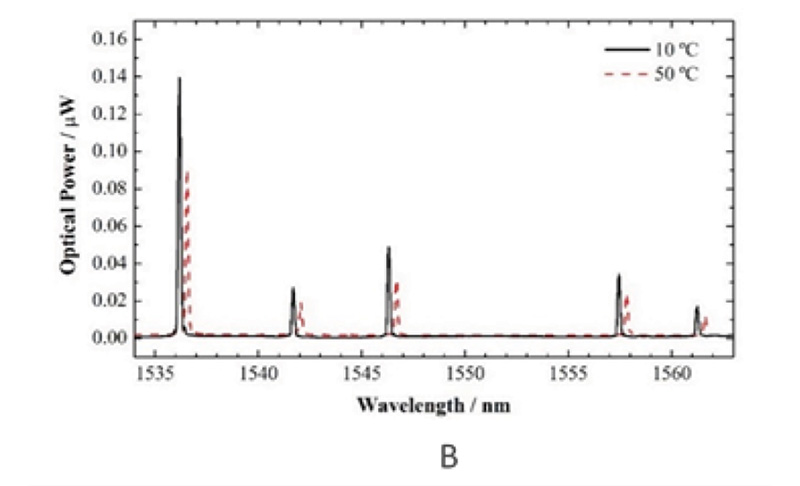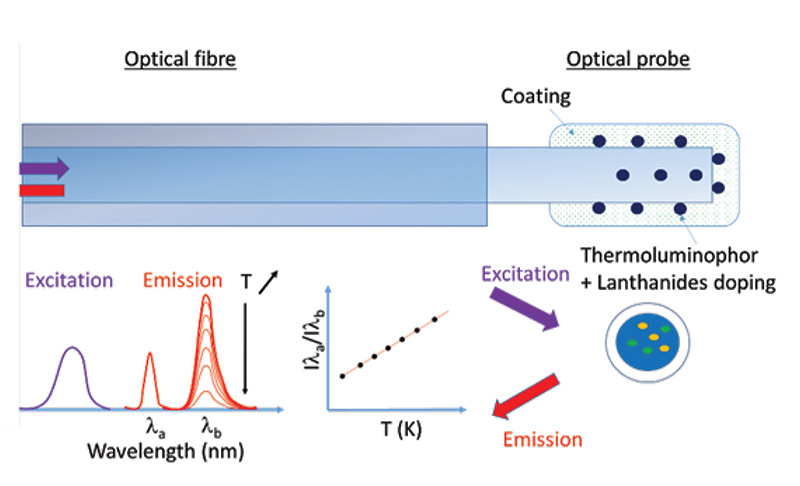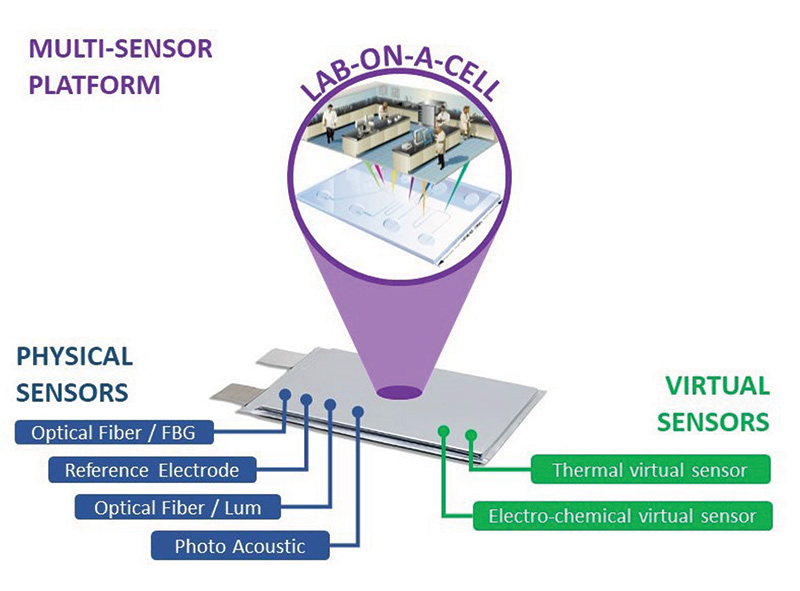THE INSTABAT PROJECT PRESENTATION
INSTABAT will develop a proof of concept of smart sensing technologies and functionalities (called “lab-on-a-cell”), integrated into a battery cell and capable of:
- performing reliable in operando monitoring (time- and space-resolved) of key parameters (temperature and heat flow; pressure; strain; Li+ concentration and distribution; CO2 concentration; “absolute” impedance, potential and polarization), by means of:
- four embedded physical sensors (optical fibers with Fiber Bragg Grating and luminescence probes, reference electrode and photo-acoustic gas sensor),
- two virtual sensors1 (based on electro-chemical and thermal reduced models),
- correlating the evolution of these parameters with the physico-chemical degradation phenomena occurring at the heart of the battery cell,
- improving the battery functional performance and safety, thanks to enhanced Battery Management System (BMS) algorithms providing in real-time higher accuracy States of Charge, Health, Power, Energy and Safety cell indicators (taking the measured and estimated parameters into consideration). INSTABAT will in particular focus on the following two key use cases: cycling at extreme conditions and high-power charging for Electric Vehicles (EV) applications.
1 Also commonly referred to as state observers in the control systems literature or as “state estimators” in some other settings
Conception of sensing technologies integrated into a battery cell
In a nutshell, with INSTABAT the battery will no longer be a black box. It is expected that such a disruptive approach of monitoring/estimating physical parameters and correlating them with battery degradation phenomena will open new horizons to: (1) bring battery performances to their theoretical limits; (2) reduce battery safety margins; (3) improve the optimisation of the cell use through a better BMS using data from the sensors; (4) enable battery self-healing and facilitate battery second life usage and autonomous material findings.

Project reference

Topic

Project type

Contract type

Project cost














